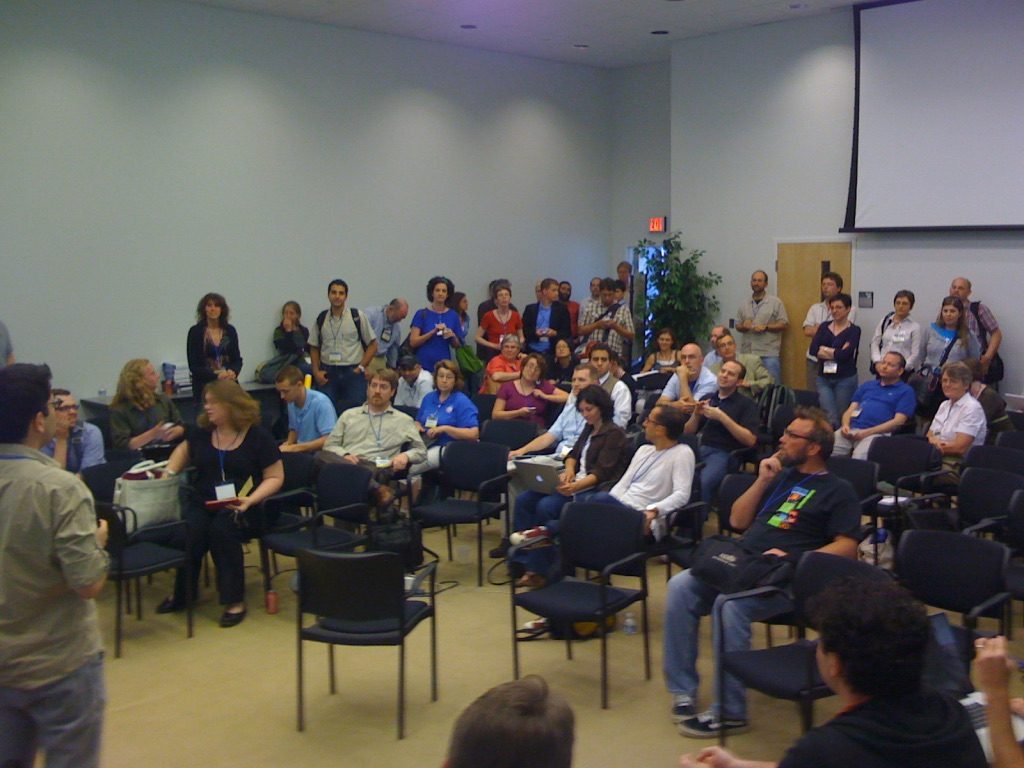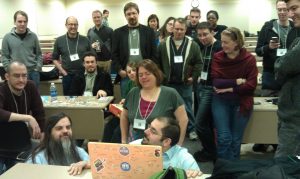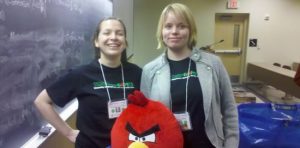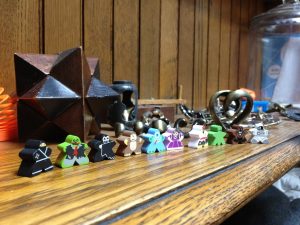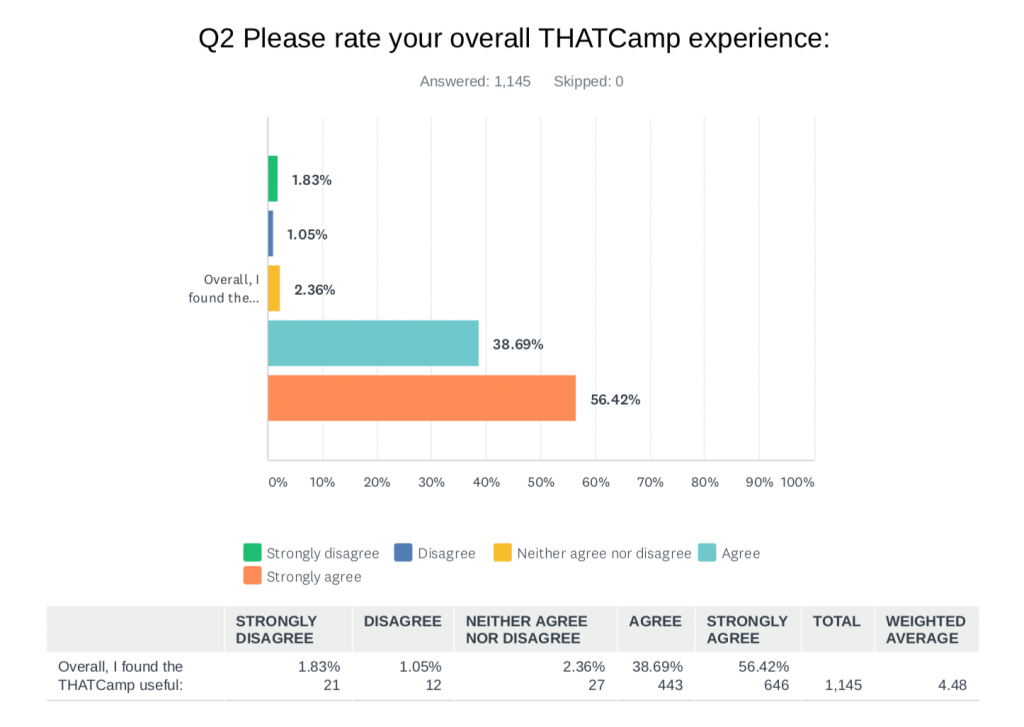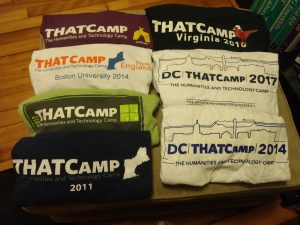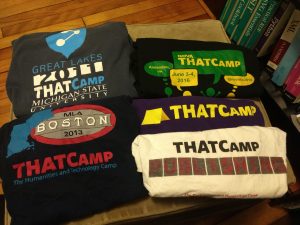In 2013 I was nearing the end of my PhD coursework and feeling truly despondent about the specter of writing a proposal for my dissertation. Nothing in the field seemed to be the right combo of interesting, feasible, and novel. I was supposed to be itching to read more, and build a research plan around some new and exciting thing in seventeenth-century Dutch art history, but I was spinning my wheels. With a little nudge from my department chair, and the leaders of the Michelle Smith Collaboratory in UMD’s department of Art History & Archaeology, I went to THATCamp Prime at GMU.
I didn’t put the pieces together until now, but THATCamp Prime 2013 was one of my first academic gatherings. I wouldn’t present at my first “big boy” conference (SCSC 2013) until later that year. And I am convinced it colored my impression of every “traditional” conference since, even though it was the only THATCamp I ever attended. I didn’t learn entirely new skills or have a singular ‘a-ha’ moment that weekend in Fairfax – that would only come through much more elbow grease, privilege, and good fortune from my academic community at UMD. But what I did get was the sheer sense of energy and relevancy I could find nowhere else in my home field, and so much of it pointed at the digital systems that I gradually came to realize underpinned absolutely everything about how we performed art history in the 21st century. THATCamp made upending these systems seem possible to me, for the first time ever.
In orbital mechanics, it is generally least expensive to try and change the plane of your elliptical orbit when you are at the apogee, the point farthest from the mass you’re orbiting, when your velocity is slowest, and thus your application of energy the most efficient. 2013 was an apogee in my graduate career: my intellectual velocity had slowed to a crawl, I felt more distant than ever from the cares of both academic art history, as well as the museum curatorial world that was my original end goal of trying to get a PhD in the first place. THATCamp kicked me into an entirely different orbit. I’m still refining my relationship with art history, and even my relationship with digital humanities continues to evolve and mature. But it’s less and less been about giving that perfect 20 minute talk at RSA, or CAA, or even at the ADHO conference, and more and more about knitting together data, systems, and tools to help our community make sense of the cultural heritage that is our source of study.
Like Quinn and Trevor and others have noted in their retrospectives, THATCamp really only worked because it was coming at just the right time for the field, where it was good and useful for anything to seem possible, even if we didn’t know how yet. We know know that our future (if we’re to have it) will need to be more about moving slow and fixing things – doing the arduous work of “how”. THATCamp was our booster rocket, but now comes the much longer journey. So thank you, THATCamp, for being the kick I didn’t know I needed, at just the time that it could do the very most. You’re leaving us with so much more work to be done, but looking over these retrospectives, I’m reminded more than ever that this community is truly legion, and that it’s more than ready to get to work.



